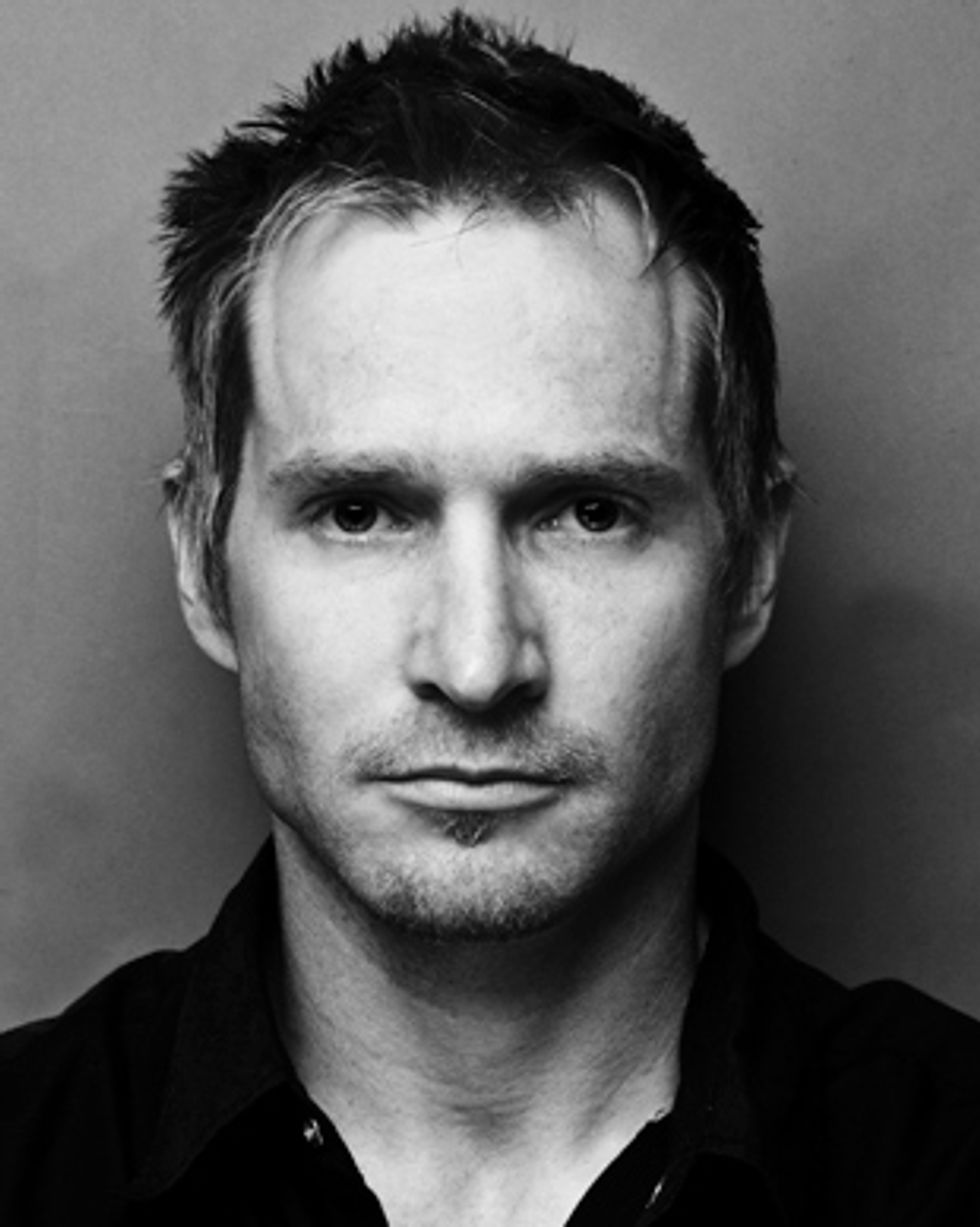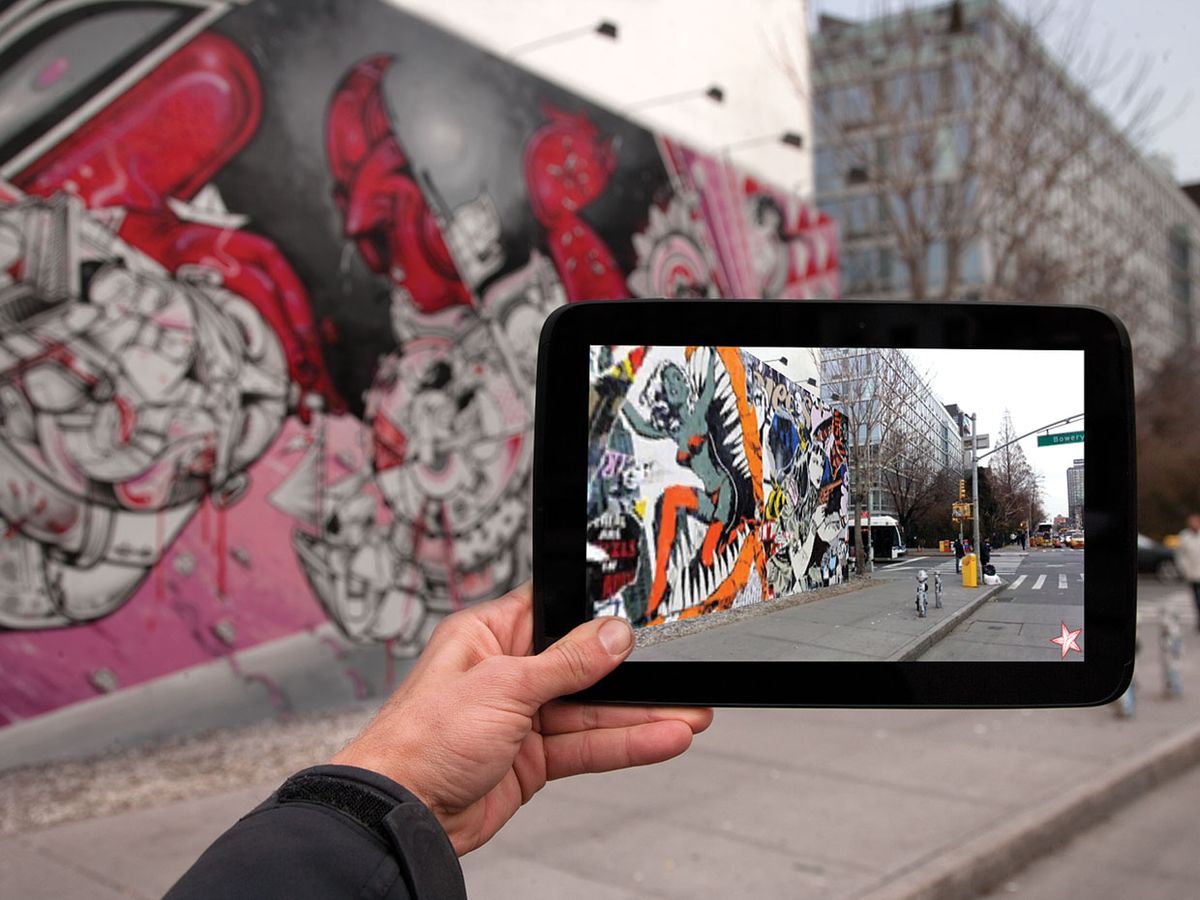Augmented reality (AR) has already piqued interest in the business, health, education, and entertainment communities. Now artists have begun harnessing the technology as a means of expression and social commentary. At the forefront of this burgeoning movement is BC “Heavy” Biermann.
Biermann is a self-taught programmer and transmedia scholar with a foothold in both Los Angeles and St. Louis. His nickname reflects his penchant for “heavy” academic discussion. His art projects often involve overlaying interactive digital facades on public buildings and spaces and have attracted interest from public and technical audiences alike.
This month, Biermann brings his insight to the IEEE panel “Omnipresent: When Virtual Meets Reality” at the South by Southwest Festival in Austin, Texas. The panel will discuss how AR is enhancing design, manufacturing, and medicine.

“Augmented reality will become a more integrated part of our lives. The heavy hitters, like Apple, Microsoft, and Google, are recognizing this,” Biermann says, referring to advances like Google’s Project Glass and Microsoft’s recent patent for AR glasses, both of which will move the technology beyond its current home in smartphones. “The hardware needs to catch up to the software. Until AR can happen in glasses, it’s not a seamless experience,” says Biermann.
In 2005, Biermann founded The Heavy Projects (which last year brought aboard the digital media expert Ean Mering) to experiment with urban art and mobile AR technology. The following year, Biermann earned a doctorate in humanities and intermedia analysis from the University of Amsterdam. In 2011, he formed Re+Public with Jordan Seiler, founder of the PublicAdCampaign—which explores the negative effects of advertising in public spaces—to develop AR that reimagines those spaces.
“We’re bombarded with commercial messaging whether we want to see it or not,” says Biermann. In response, Re+Public creates interactive art on buildings in public spaces, creating digital murals that can be viewed via software running on a mobile device. “That way, not everyone has to see it,” he says. “We’re creating a platform to suggest how virtual overlay may one day undercut the need for physical advertising.”
Re+Public’s first big project was the “AR | AD Takeover” in July 2011, in which viewers held smartphones pointed at specific Times Square billboards to reveal works of original urban-themed art. Following that, Re+Public produced projects that enabled viewers to see a decayed Norway mural restored to its original glory, three buildings in Los Angeles and New York City augmented with colorful designs, an in situ history of murals that once graced the Bowery (also in New York City), and reimagined versions of existing murals in Miami’s Wynwood Art District. “We used AR to bring the murals to life by giving them a 3-D environment to ‘live’ in,” Biermann says. “We also animated the murals and made them interactive.”
Until now, most people have been able to see videos of these projects only on The Heavy Projects (https://www.theheavyprojects.com) and Re+Public (https://www.republiclab.com) sites. But this spring, Biermann and his team will make Android and iOS versions of the software available for public download, so that people can view them on their mobile devices.
The technical challenges are considerable. “It’s difficult to do AR like this outdoors,” says Biermann. “It’s tricky getting the app to be consistent regardless of lighting conditions, day or night, and people walking in front of the mural.”
Through The Heavy Projects, Biermann is now exploring applications of gaming principles, such as choice and narrative, in his AR designs, giving users options on how to “resurface” buildings so that people can see inside or what they might look like 20 years in the future.
In St. Louis, he’s drawing on architectural tools in a prospective collaboration with Sung Ho Kim, an associate professor of architecture at Washington University, to digitally revitalize several of the city’s buildings. “We would like to allow people to see how cities could look with better urban planning,” Biermann says.
“Eventually, we’ll have AR contact lenses and then—and this freaks everyone out—chip implants,” he says, laughing. “In the not-too-distant future, humans will grow up with digital overlays onto the physical world as part of the natural experience. We’re in the baby steps of what AR could eventually look like, and that’s what we’re excited about showing people.”
